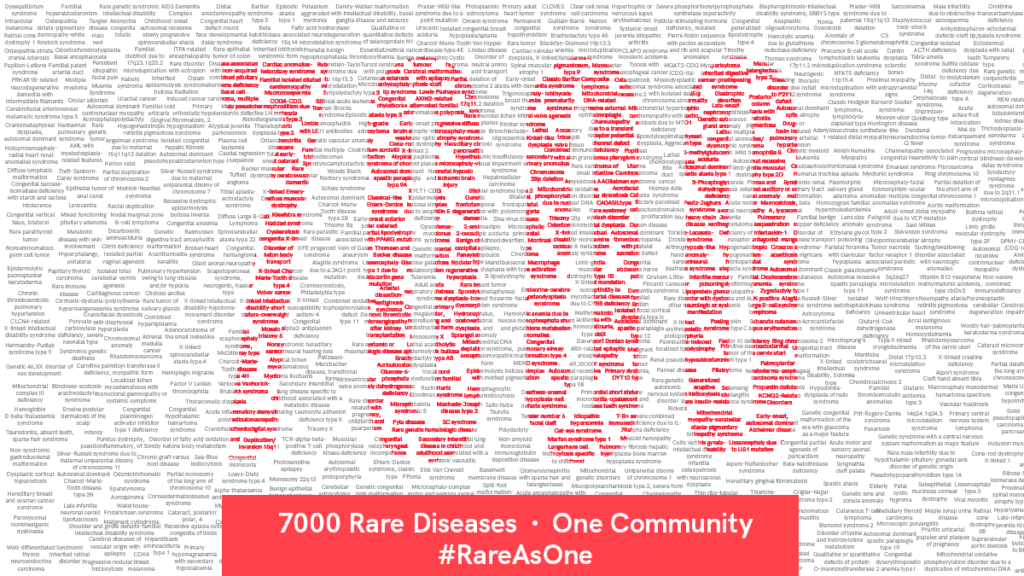#ScienceSaturday posts share relevant and exciting scientific news with the KAND community. This project is a collaboration between KIF1A.ORG’s Research Engagement Team Leader Alejandro Doval, President Kathryn Atchley, Science Communication Associate Aileen Lam and Chief Science Officer Dr. Dominique Lessard. Send news suggestions to our team at impact@kif1a.org.
New Resource From KIF1A.ORG
Small molecule drugs are part of our therapeutic development strategy at KIF1A.ORG. But what ARE small molecule drugs? Learn more in this Research Simplified video and blog post created by a team of biotech students at Columbia University.
Recent KIF1A-Related Research
A Novel Synergistic Association of Variants in PTRH2 and KIF1A Relates to a Syndrome of Hereditary Axonopathy, Outer Hair Cell Dysfunction, Intellectual Disability, Pancreatic Lipomatosis, Diabetes, Cerebellar Atrophy, and Vertebral Artery Hypoplasia
This week, we will be discussing a unique rare disease that falls under the umbrella term “neuro-pancreatic syndromes” (NPS). This specific case concerning a 19-year-old girl from South India seems to be the first reported of its kind that resulted from concurrent mutations in both the PTRH2 and KIF1A genes. For added context, peptidyl t-RNA hydrolase-2 (PTRH2) encodes a protein with enzymatic activity that functions to efficiently conduct the protein translation process. Kinesin family member 1A (KIF1A) codes for a molecular motor protein that is involved in the axonal transport along microtubules. Mutations in PTRH2 and KIF1A result in some symptoms that share no commonality and some that overlap quite a bit. For example, some symptoms that are unique to PTRH2 mutations are hearing loss and pancreatic insufficiency. Some that are unique to KIF1A are seizures and optic nerve atrophy. Similarly, both mutations show signs of neurodevelopmental delay, muscle weakness, ataxia, and neuropathy.
Now looking at this unique case of NPS, researchers report that the patient experienced symptoms, such as intellectual disability, developmental delay, diabetes, and weakness in upper and lower limbs. When the patient underwent whole exome sequencing, the test revealed a rare variant in the KIF1A gene and a new variant in the PTRH2 gene. Throughout this study, researchers made detailed examinations to best characterize the disease presentation displayed in the patient in order to provide insight on this novel case of NPS. Along with that, they hope to raise awareness and prompt more research for patients that are diagnosed with rare disorders that fall in the wide spectrum of NPS. As the KIF1A community grows, it is incredibly important to learn more about different rare diseases that have overlapping symptoms with KAND and, in this case, a rare disorder that occurred from mutations in KIF1A and another gene. To read more about this novel disease that displayed synergistic symptoms due to mutations in both PTHR2 and KIF1A, check out the article below.
Rare Disease News
Chan Zuckerberg Initiative Rare As One Cycle 2 Application Announced

Calling all rare disease advocacy organizations! This week, the Chan Zuckerberg Initiative announced that our Rare As One cohort is expanding through a second application cycle. As members of the inaugural cohort, we are excited and pleased to hear that our RAO family will soon be expanding and want you to join the CZI RAO network with us! The support we have received through this initiative has been transformational and essential to our success as an organization and we can’t wait for more organizations to share this experience. If you’re a patient community driving progress against rare disease, check out this game-changing funding and capacity-building opportunity!
COVID’s all-hands-on-deck approach should be standard for rare diseases
The COVID-19 pandemic has been and continues to be extremely difficult to navigate for many, but one silver lining is the opportunity to learn from these unprecedented times. Amidst it all, we witnessed how quickly tests and vaccines were made and distributed to people that needed them with such urgency. This efficiency and achievement should absolutely be celebrated and serve as a model approach to addressing rare diseases that currently have no treatment.
We’ve seen just how capable this system is of this type of delivery, so the question then becomes, why isn’t the same urgency applied to the millions affected by rare diseases who are working arduously for years on end to find cures?
The author of this article, Christopher Austin, M.D., director of the National Center for Advancing Translational Sciences (NCATS) at the National Institutes of Health, emphasizes the great need of timely diagnoses and effective treatments for the rare disease community, as these families could suffer years without answers and are forced onto a path of uncertainty that is compounded with a lack of FDA-approved treatment. Although collectively common, rare diseases individually are rare with over 7,000 different types, which becomes an obstacle when thinking about which one to focus attention on. For this reason Dr. Austin proposes that efforts be put into improving the translational process by further developing platforms, technologies, and partnerships to increase the production of testing and treatment, which were the key strategies used to address the COVID-19 pandemic so swiftly.
One initiative discussed that could treat many diseases at once is called the Platform Vector Gene Therapy (PaVe-GT), which calls for the usage of the same gene delivery system and manufacturing methods for multiple rare diseases. The goal of this is to make the process more streamlined, cost efficient, and accessible to the rare disease community. Experts are brought in to help coordinate research in the lab with findings in the clinics so that the results can be effectively shared across other gene therapy projects to help accelerate drug discovery measures. This initiative shares a similar approach that teams took to tackle the pandemic as these strategies included collaboration, innovative clinical trials, sharing data openly, and using existing resources. All together, these collectively rapid efforts geared towards addressing COVID-19 should be the same urgent approach when considering rare disease testing and treatment! To learn more about the rapid COVID-19 approach, check out the article and video below!

